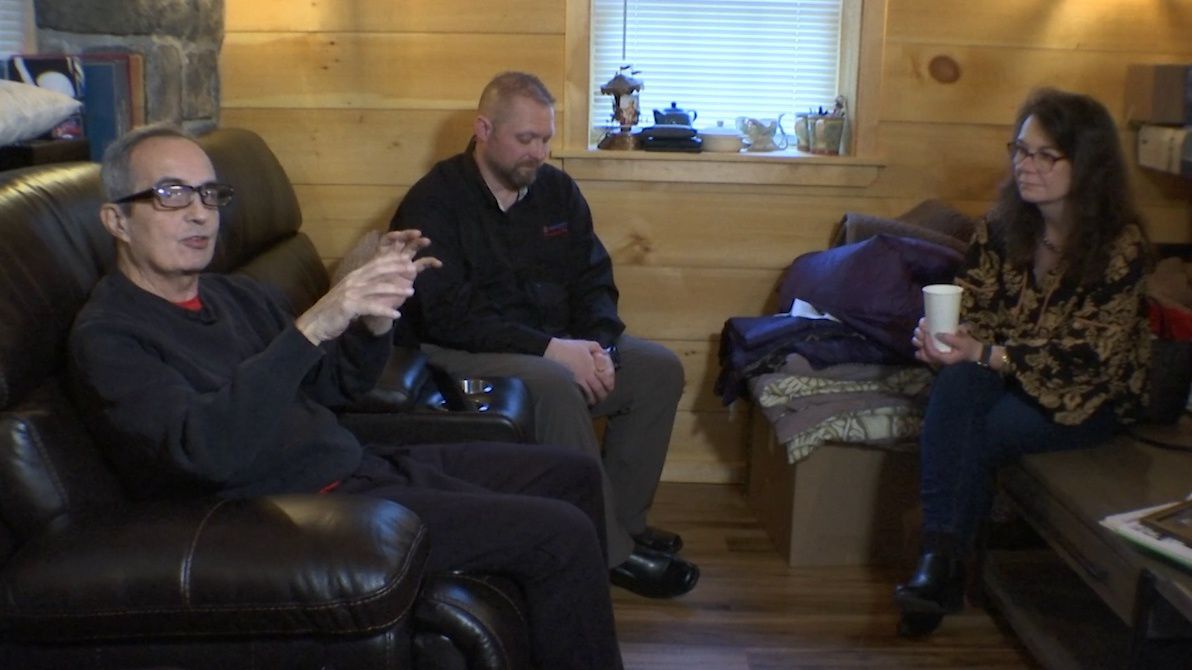ROCHESTER, N.Y. — When is the last time you used a payphone to make a call? Cell phones have rendered the coin-operated machines nearly obsolete. But if you look closely, payphones are still out there.
A Rochester Institute of Technology professor is documenting them before they’re all gone.
They are a symbol of days gone by. Technology that’s gradually fading away.
Photographer Eric Kunsman can’t get enough of them.
“For me, it’s just constantly observing them,” said Kunsman, as he focused his Hasselblad film camera outside a Rochester corner store.
For four years, Kunsman has scoured neighborhoods in and around Rochester, searching for payphones. Over the years, many of them have disappeared.
Kunsman is documenting the ones left.
“There have been times where I’ll pass a payphone and make a note that I want to go back to in the afternoon,” he said. “Or come back in the morning, because maybe the light's not good.“
Kunsman’s payphone photos are like a trip down memory lane. But the project is about much more than just nostalgia.
“For me, it wasn't even about the obsolete technology or what payphone is where,” he said. “It was first looking at them as being social markers.“
In other words, reflections of a neighborhood’s perceived status. Stereotypes which Kunsman is trying to break through his art.
“To me, it's more about an environment, a portrait of the environment, the phone is in,” he said. “I don’t want it to be, oh look, there’s a payphone.”
The photos never show color or faces. Kunsman doesn’t want his viewers to see race or social status. To provide deeper context, he called on research colleagues at RIT to help tell the story behind the payphones.
“Living in 2021, a lot of people maybe forget about payphones because maybe a lot of us don't need to use them, said Rebekah Walker, a digital humanities and social sciences librarian at RIT.
Walker used census data to create maps showing the relation of where phones are located, compared to such factors as income, poverty and crime.
Janelle Duda-Banwar, a researcher with the RIT Center for Public Safety Initiatives, created a similar map using overdose data provided by law enforcement. Where those issues are most prevalent, payphones are more likely to still be found.
“That's not the full story, right?” said Duda-Banwar. “I want to know more about these neighborhoods. I want to know more about why are these payphones here? Why haven't they been removed? What do they indicate? And there's so many different layers.”
If you’re wondering what Kunsman plans to do with it all, his project was part of an exhibition displayed in Buffalo last spring. Kunsman will discuss Felicific Calculus” — as it’s called — at Rochester’s George Eastman House in December.
The logbook from Frontier, which owns the payphones, says there are 1,455 in Monroe County. Kunsman figures only about a third of them actually work.
Those numbers keep going down. Kunsman recently revisited two payphones outside the Busy Bee Restaurant on West Main Street in Rochester. Before the pandemic, he says, the phones still worked. Now, they are not operational. Kunsman says they were used often.
“We’re on Main Street. The Open Door Mission is down the street. The homeless encampment,” he said. “These were used constantly.”
After photographing 900 payphones, Kunsman has 600 more to go. Capturing the story of each before they disappear.









